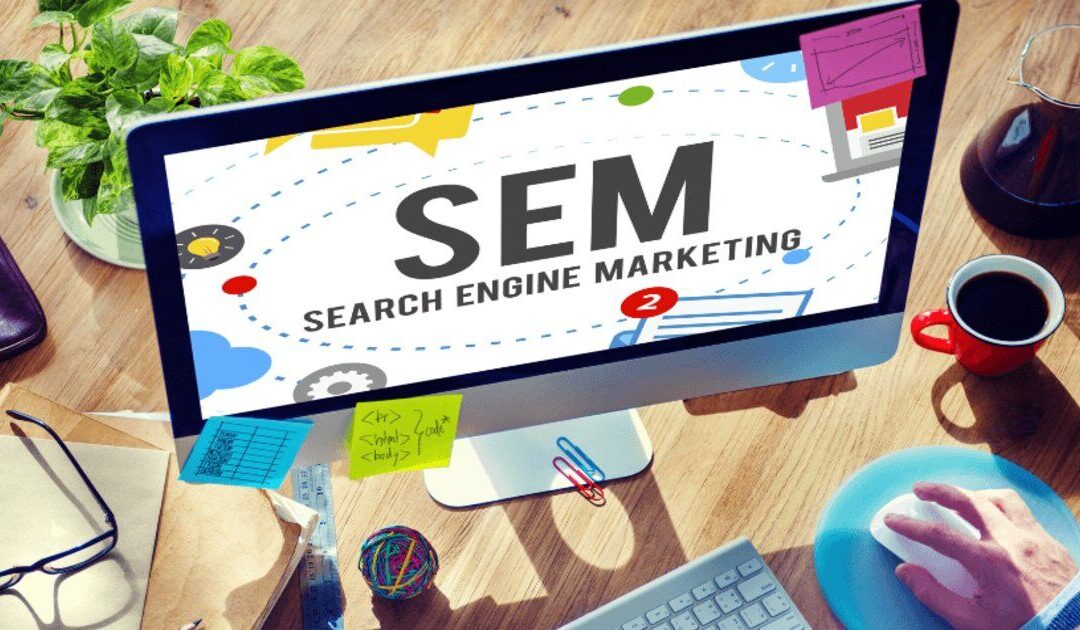Marketing – the heartthrob of a business strategy, irrespective of its size, is an ultimatum toward its success. Apparently, marketing today takes advantage of SEM to reach potential customers, influence decision makers, and more. Businesses employing the full potential of SEM are certainly not left behind in the current globalized market scenario. The responsibility of Digital marketing/SEM managers is not just confined to managing the budget alone, but also in improving business performance. Some of the critical factors that aid in enhancing SEM are:
1. Bounce Rate:
Can be effectively reduced by increasing the relevancy of ad copies.
Incorporate appropriate changes in the landing page or insert keywords/ad copies relevant to the available content.
2. Landing-Page content and Design:
Content on the landing page is the prime driving factor for improving the performance of Paid Search. Page design is the main target that impacts user behavior. Once acquired, the design should be able to retain the visitor on the page.
3. Quality Score:
Quality score is an indicator to evaluate the keywords or an ad group. A count of five is deemed acceptable, and any keyword or an ad group has a score of less than five requires special attention.
Google states: “The higher the quality score, the lower the CPC.”
A variety of factors contribute to the ‘Quality score.’ Google and MSN maintain a certain standard as their control, and also advice their customers to watch out for certain aspects such as Click Through Rate (CTR) and Ad copy relevancy. By increasing the QS, we can thus reduce the CPC.
4. Priority Keywords:
The first step toward the goal of SEM would be to identify relevant keywords for the business, and the opportunity/global or local search volume of the keywords that can be identified using tools such as Google ad words or Semrush.
If an opportunity remains underutilized for any important keyword, a separate campaign could be initiated for particular keywords, with an increased budget, to improve the impressions. Consider the performance of such keywords in this process. Increasing budget or spending time for nonperforming keywords should be avoided.
Limit the number of keywords; 5–10% of keywords would suffice the priority campaign.
5. Click Through Rate:
Increase the CTR by different means.
1. Deliver the matching Ad copy
2. Use modifiers such as discounts, best in the industry, etc. in the creative content if legally permissible. Compare the ad copies with top-performing competitors and formulate innovative content to fight the competition.
3. Deliver the ad copies in the first position. Any ad copy below the third position tends to get overlooked, and even when clicked, does not retain visitors for long in the landing page.
Read also: What’s a Good Click-through Rate (CTR) For Your Industry?
6. Conversions:
Sales, Downloads, and Lead generations are related to the page content, enter keywords, and creative. Increase optimization to improve results. Engage in extensive testing to assess the improvement.
7. Budget:
Periodical review for adjustments or diversions across different campaigns is necessary to ensure 100% utilization.
A lower amount remaining in the last quarter is ideal for 100% spending in the annual budget.
Make sure that any priority campaign in the run is not a deficit of funds at any time.
8. Organic Search Result:
Obtain organic search results periodically (weekly or monthly).
These results can increase spending for top performing keywords, and it would be wise to think about moving such keywords to the priority list if they exist in the general campaign.
Any, nonperforming keyword in the organic search implies that paid search can never work better for the related product or service. In such a case, spread out funds on a priority basis.
Analytics data of Organic search may introduce Geo-Targeted keywords and create specific-region related portfolios on a short-term basis. Bank the presence of such new initiatives on paid-search performance and organic analytical data.
9. Industry trend:
Industry trend may increase or decrease the search for specific keywords
Proactively analyze industry research and forecast searches from time to time.
10. Dynamic Ad Copy:
Are you a starter and consider compelling ad copy as an advanced concept? But businesses that insist on performance should utilize this advanced feature to deliver more personalized ad copies for the internet searchers. Optimized usage of dynamic ad copy will increase the CTR.
11. Benchmarking:
Competition for any specific keyword, average CPC, and monthly search volume are some of the competitors’ data available through tools such as Semrush Appropriately, exploit such tools to compare your business performance and then decide on the strategies to adopt.
12. Content Sharing:
Engage vendors based on the CPL. Put in a good deal of research and identify such vendors instead of engaging vendors with CPC and CPM.






